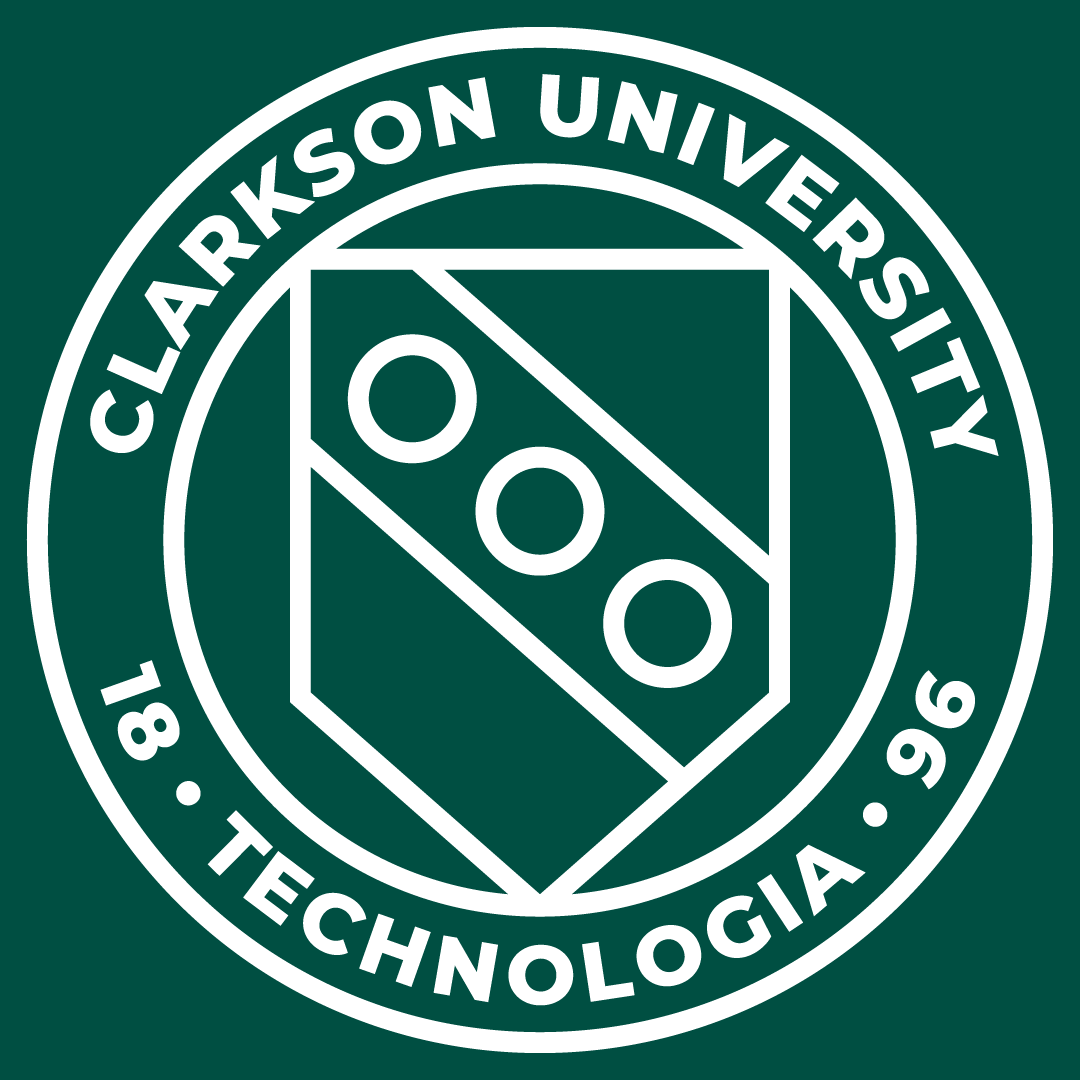Clarkson University Sets Science Cafés for Fall in Potsdam
University professors and scientists will once again take to the stage starting Oct. 2 for Clarkson University's Science Café.
Science Cafés bring together local university and college professors and townspeople in relaxed, informal settings. The speaker makes a short presentation about a topic in his or her field and then opens up the floor to discussion.

Again this semester, the Science Café will be held in Potsdam in the Potsdam Civic Center Community Room at 2 Park Street at 7:15 p.m.
Here’s a rundown of this fall’s topics and speakers:
Nova of T Coronae Borealis of 2024 or 2025
Wednesday, Oct. 2
A nova is expected in 2024 or 2025 in the binary star T Coronae Borealis (the ‘Blaze Star’ in the constellation Corona Borealis), located 2900 LY away. It last had a nova outburst in 1946 and eighty years before that, putting it on an eighty-year period.
Elaine Fortin, Solar System Ambassador of the NASA Jet Propulsion Laboratory and Adirondack Sky Center and Observatory, will discuss the understanding of novae, a form of astronomical transient, before and since the surprising knowledge learned from NASA’s Fermi Gamma-ray telescope launched in 2008.
About 10 to 15 novae (maybe even double that!) happen in our galaxy each year. Records of novae have only been kept since telescopes have been powerful enough to capture them. It is expected that many stars are recurrent, possibly every thousand years or so but T Coronae Borealis is special because this will be another of its outbursts seen and studied by modern-day astronomers. It is hoped to be visible to the naked eye but expected to last only a few days before it returns to its quiescent state.
Things in water: how can electrochemical processes separate good and bad?
Wednesday, Oct. 16
Water contains numerous substances, some of which need to be removed from drinking water for human health or wastewater for the environment. While removing large objects is straightforward, separating small things, such as dissolved ions, present significant challenges. Are good things always good and bad things always bad? It depends and evolves as we learn more about them.
Join Assistant Professor of Chemical & Biomolecular Engineering at Clarkson University’s Institute for a Sustainable Environment Taeyoung Kim in a discussion of how electrochemical processes can be used to either remove unwanted things from water or turn wasted resources into value-added products.
Embracing the Dynamic Nature of Person Perception
Wednesday, Oct. 30
In our social interactions, we constantly form judgments about others across various contexts. These judgments, from identities to personality traits, are the basis of our emotional and behavioral responses toward others. In this talk, the dominant paradigms in the study of person perception will be discussed, as well as an exciting new complementary approach that Jiang has proposed.
St. Lawrence University Assistant Psychology Professor Shu Jiang will discuss three critical aspects of person perception: assimilation (i.e., Do perceivers view different targets in a similar manner?), consensus (i.e., Is a target perceived consistently by different perceivers?) and self-other agreement (i.e., Do others view us as we perceive ourselves?).
Finally, there will be a discussion of how this new dynamic approach of person perception will offer a more comprehensive understanding of how we perceive others.
Identifying Interactions in Complex Networked Dynamical Systems through a Causation Principle
Wednesday, Nov. 13
Understanding cause and effect underpins so many of our most basic scientific questions. Inferring the coupling structure of complex systems from time series data in general by means of statistical and information-theoretic techniques is a challenging problem in “data-enabled science.”
Clarkson University’s W Jon Harrington Professor of Mathematics, Professor of Electrical & Computer Engineering, and Director of the Clarkson Center for Complex Systems Science Erik Bollt will discuss an information theoretic approach, but to do so he will first present a bit of the underpinnings of information theory. This will allow Bollt to present optimal causation entropy (oCSE) principle to identify the coupling of a complex system from measured data. He will include examples such as the functional brain network as inferred by fMRI, structural health monitoring of structures such as bridges, and inferring who is interacting with whom in collective behavior problems that include animals as well as humans.
Hidden Hazards: A Simple Test to Detect Lead and Chromium, two highly toxic metals, in your drinking water
Wednesday, Dec. 4
The discovery of “Lead” in Flint Michigan’s drinking water, as well as in some schools in the district, drew renewed attention to the health risks posed by this toxic metal. Exposure to “Lead” is a serious health concern that has been linked to various neurological disorders and diseases, particularly in young children whose developing brain acts like a sponge.
In this presentation, titled “Hidden Hazards: A Simple Test to Detect Lead and Chromium, two highly toxic metals, in your drinking water”, SUNY Potsdam Chemistry Professor Fadi Bou-Abdallah will discuss a simple and inexpensive test that he has recently developed in his laboratory. His test is based on gold nanoparticles which change color only in the presence of either lead or chromium. Such color change is visible by the naked eye down to 20 parts per billion (ppb). Considering that the EPA (Environmental Protection Agency) and the WHO (World Health Organization) recommended the level of these toxins in our drinking water at 15 ppb for lead, and 50 ppb for total chromium, his test offers an easy solution for a simple, quick, and inexpensive method to test drinking water at home, and help address water insecurity in at-risk communities.
For more information about Clarkson’s Science Café, click here.
